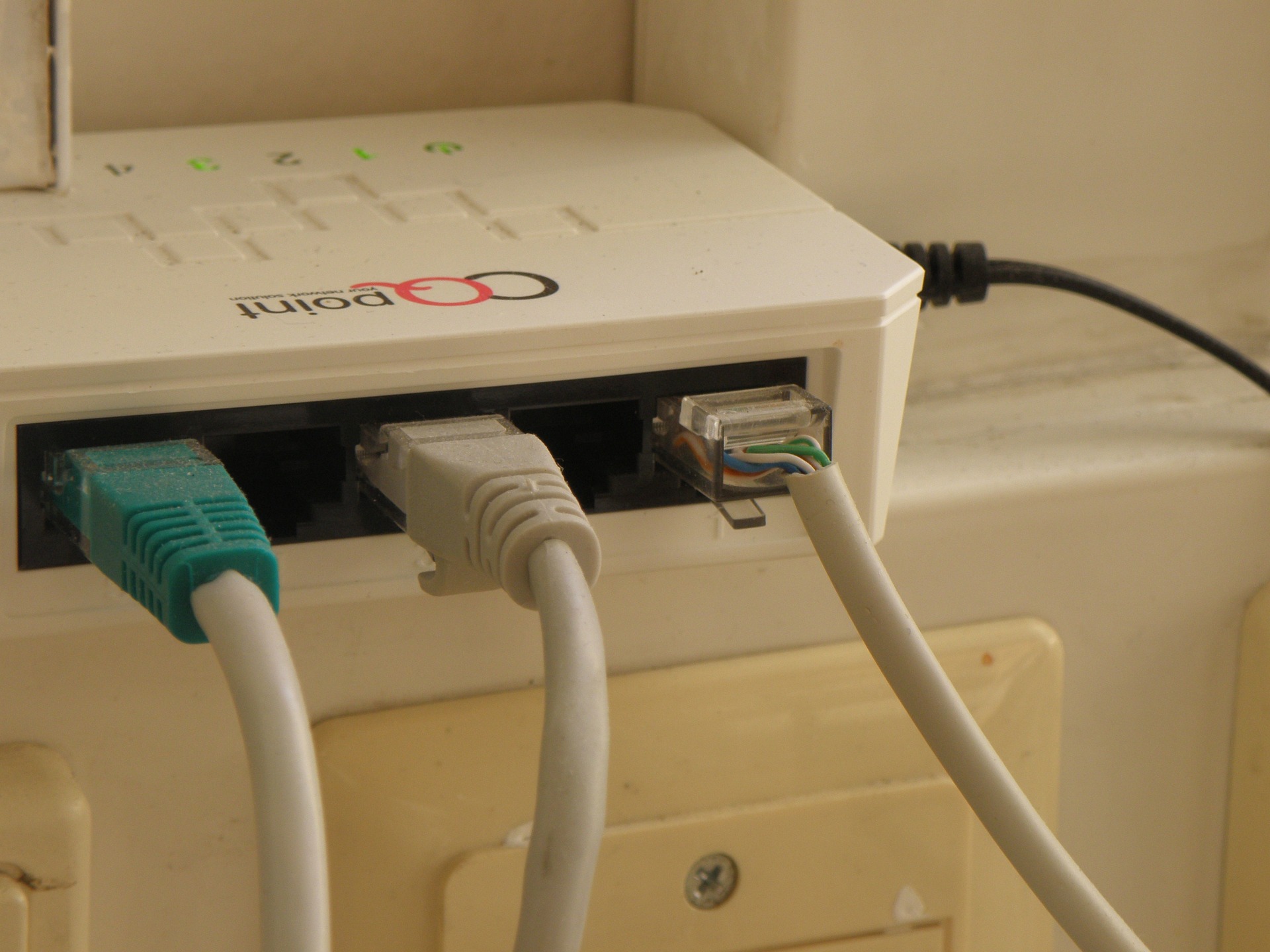Breaking Down the Mystery of Deep Packet Inspection: The Backbone of Network Security
The internet and telecommunications landscape is continually evolving, with new technologies and terminologies popping up like mushrooms after a rain shower. One such term that often gets thrown around in the realm of network security and data management is "Deep Packet Inspection" (DPI).

DPI is a form of computer network packet filtering that examines the data part (and possibly also the header) of a packet as it passes an inspection point, searching for protocol non-compliance, viruses, spam, intrusions, or defined criteria to decide whether the packet may pass or if it needs to be routed to a different destination. But what exactly is it? Why is it important? And how is it changing the way we manage and secure our network infrastructures?
The Origins and Evolution of Deep Packet Inspection
As the internet started to become a mainstream phenomenon in the late 1990s, it became clear that traditional network management and security strategies were not sufficient. Hackers were finding new ways to exploit vulnerabilities, and service providers were struggling to keep up with the increasing demand for bandwidth. Enter DPI.
First introduced in the early 2000s, DPI was initially utilized by internet service providers (ISPs) to manage network congestion and prioritize certain types of traffic. However, as the technology evolved, it became a powerful tool for network security, capable of identifying, categorizing, and blocking malicious traffic.
DPI in Today’s Telecommunication Landscape
In today’s increasingly connected world, DPI has become a crucial component of network security and data management strategies. With the proliferation of cyber threats and the growing need for efficient data management, DPI’s ability to analyze and categorize network traffic in real-time makes it a valuable tool for both ISPs and businesses.
Regulatory changes have also played a role in the rise of DPI. With data privacy regulations like GDPR and CCPA becoming increasingly stringent, businesses need to have a thorough understanding of the data they are transmitting and storing. DPI provides the granular visibility needed to ensure compliance with these regulations.
The Impact of DPI: Challenges and Potential
While DPI has many advantages, it’s not without its challenges. One of the main criticisms of DPI is that it can be used to infringe on user privacy. By inspecting the contents of every data packet, ISPs and other entities can gain insight into a user’s online activity, raising concerns about data privacy and surveillance.
However, when used responsibly and with the right safeguards in place, DPI has the potential to revolutionize network security and data management. By providing a deeper understanding of network traffic, DPI can help businesses identify and mitigate potential threats before they cause damage, improving network security and performance.
The Future of DPI: A Key Player in Network Security
As we move into the future, the importance of DPI in the world of network security and data management is only set to increase. With the rise of technologies like artificial intelligence and machine learning, the potential for DPI to provide real-time, predictive insights into network traffic is immense.
In conclusion, while DPI may be a complex technology, its benefits cannot be overlooked. From improving network security to ensuring regulatory compliance, DPI is set to play an increasingly crucial role in the world of internet and telecommunications. As such, understanding this technology is key to staying ahead in this fast-paced industry.




